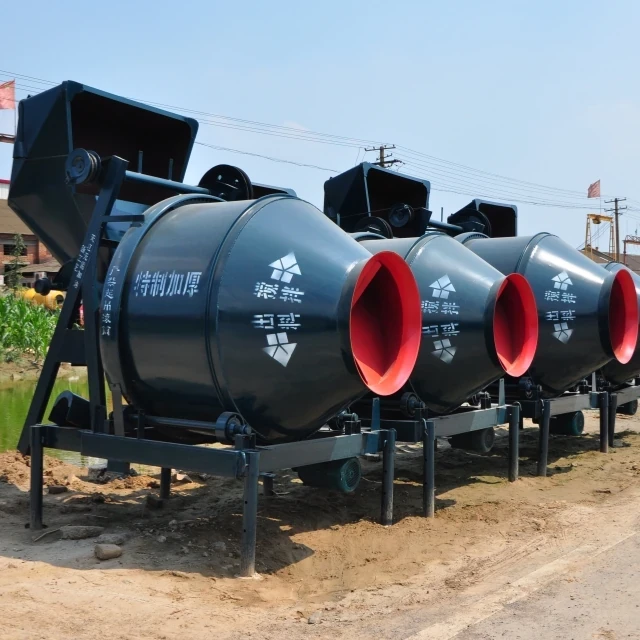When building in challenging environments—from rugged mountains to corrosive coastal areas—engineers need solutions that combine strength, adaptability, and long-term cost efficiency. Steel structures, particularly those using H-shaped steel, have emerged as a go-to choice for projects demanding terrain resilience without compromising budget. This article breaks down the engineering principles and real-world benefits that make steel structures indispensable, backed by measurable durability and maintenance advantages.
Engineering Advantages of H-Shaped Steel Integration
Material Selection and Load-Bearing Efficiency
H-shaped steel’s unique geometry distributes weight evenly across vertical and horizontal axes, making it ideal for dynamic loads (e.g., seismic activity or heavy equipment). Unlike solid beams, the "H" profile reduces material waste while maintaining strength—a key factor in cost-effective design.
Why does this matter?
- Higher strength-to-weight ratio: Supports heavier loads with less material, cutting transport and installation costs.
- Design flexibility: Easily integrated into complex frameworks like bridges or industrial facilities.
Ever wondered how skyscrapers withstand wind forces? The same principles apply here—steel’s inherent rigidity, combined with smart design, prevents deformation under stress.
Corrosion Resistance in Harsh Environments
Steel structures often face moisture, salt, or chemical exposure. Modern treatments like hot-dip galvanizing or specialized coatings extend lifespans by decades, even in coastal or industrial zones.
Key enhancements:
- Zinc coatings: Create a sacrificial layer that corrodes before the steel beneath.
- Modular replacement: Damaged sections can be swapped without rebuilding entire frameworks.
Practical Benefits for Construction Scenarios
Modular Installation for Rapid Deployment
Prefabricated H-shaped steel components arrive site-ready, slashing assembly time by up to 40% compared to concrete. This modularity is critical for:
- Remote areas with limited labor access.
- Disaster-response projects needing quick turnaround.
Case Study: Mountainous Region Deployment
In a recent project, prefab steel allowed a hydropower plant’s support towers to be installed in weeks—not months—despite rocky terrain. The design accommodated uneven ground via adjustable base plates, avoiding costly earthworks.
Cost Efficiency and Durability Metrics
Maintenance Savings Over 10-Year Cycles
Steel’s durability translates to lower lifetime costs:
| Material | Maintenance Cost (10 yrs) | Replacement Frequency |
|---|---|---|
| H-Shaped Steel | $12,000 | 20+ years |
| Reinforced Concrete | $28,000 | 15 years (cracking) |
Data based on industry benchmarks for industrial structures.
Comparative Analysis with Alternative Materials
While concrete may seem cheaper upfront, steel’s longevity and reusability (e.g., recycling into new projects) offer clearer ROI. For instance:
- Energy savings: Steel frameworks require less heating/cooling due to thermal efficiency.
- Scrap value: Retired steel retains ~60% of its original material value.
Conclusion: Smart Design for Long-Term Value
Steel structures aren’t just strong—they’re a strategic investment. By prioritizing H-shaped steel’s load efficiency, corrosion resistance, and modularity, projects gain terrain adaptability without sacrificing budget. For teams using construction machinery like winches, pairing these designs with reliable equipment ensures seamless execution.
Actionable Takeaway:
- Audit terrain challenges early to tailor steel treatments (e.g., coatings for humidity).
- Compare total lifecycle costs, not just initial quotes, when selecting materials.
When reliability and cost-efficiency are non-negotiable, steel’s proven track record makes it the backbone of modern engineering.
Related Products
- Portable Small Trailer Winch
- Commercial Construction Mixer Machine for Soil Cement Mixing Concrete
- Shaft Mixer Machine for Cement and Regular Concrete Mixing
- Hydraulic Concrete Mixer Machine Cement Mixing Equipment for Mixture Concrete
- Concrete Cement Mixer Machine Drum Mixer for Construction
Related Articles
- How to Choose and Safely Operate Winches for Construction Efficiency
- How Winches Transform Construction Safety Beyond Labor Savings
- How Trailer-Mounted Winches Cut Costs by Replacing Auxiliary Equipment
- How Trailer-Mounted Winches Transform Mobile Operations Across Industries
- How Winches Transform Construction Efficiency: Cutting Costs and Boosting Productivity




















